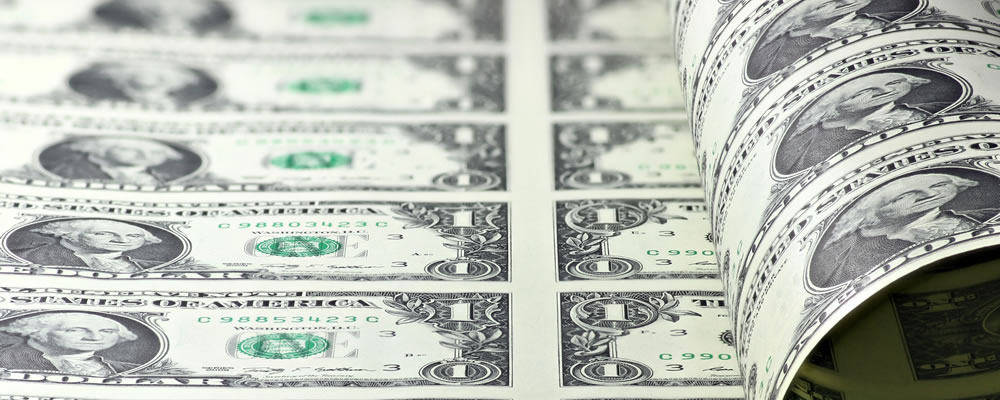Solid US Manufacturing Index Dents Euro US Dollar (EUR/USD) Exchange Rate
An unexpectedly strong surge in the Philadelphia Fed manufacturing index left the Euro to US Dollar (EUR/USD) exchange rate trending lower.
As the index leapt from 15 to 32.3 in October this encouraged hopes that the US economy could demonstrate greater resilience in the final months of the year.
A stronger level of activity within the manufacturing sector could help to offset political jitters and Covid-19 anxiety in the near term, shoring up the growth rate.
This allowed the US Dollar (USD) to push higher across the board on Thursday, in spite of the underwhelming nature of the latest set of initial and continuing jobless claims figures.
Even though initial claims accelerated on the week this was not enough to dampen the appeal of the US Dollar at this stage.
Narrowed Eurozone Trade Surplus Forecast to Weigh on Euro
The Euro (EUR) could fall further out of favour on Friday, meanwhile, if the Eurozone trade surplus narrows as forecast in August.
With the surplus looking set to narrow from €27.9 billion to €15.1 billion anxiety over the outlook of the Eurozone economy could see a fresh resurgence.
As long as investors see reason to doubt the underlying health of the currency union this may limit the potential for single currency gains in the days ahead.
Further weakness could be in store for the EUR/USD exchange rate with the release of September’s finalised Eurozone consumer price index report.
Confirmation that the inflation rate dipped to -0.3% on the year would add further weight to bets that the European Central Bank (ECB) could deliver fresh policy action sooner rather than later.
Without a positive revision to the inflation data the Euro may shed further ground against its rivals, bracing against the possibility of looser monetary policy.
Improved US Retail Sales Look to Shore up USD Exchange Rates
Demand for the US Dollar may strengthen further ahead of the weekend, on the other hand, as investors expect to see an improvement in US retail sales.
A stronger month of growth in sales would help to shore up confidence in the economic outlook, with higher levels of consumer spending helping to stimulate growth.
Even so, if sales fail to accelerate on the month this may offer the EUR/USD exchange rate a potential rallying point.
September’s US manufacturing and industrial production figures will also come into focus as investors assess the current health of the world’s largest economy.
Any decline in production could weigh heavily on USD exchange rates, with a weaker performance from the manufacturing sector having the potential to drag down the economy’s overall growth rate.



